In an era marked by increasing instances of wildfires, protecting homes from this destructive force has become a top priority for homeowners. Consequently, the demand for home safety products specifically designed to withstand wildfires has surged. However, in order to make informed decisions about which products to invest in, it is crucial to evaluate their reliability. This article explores the importance of evaluating the reliability of these home safety products in the context of wildfires, providing valuable insights to homeowners seeking to safeguard their properties.
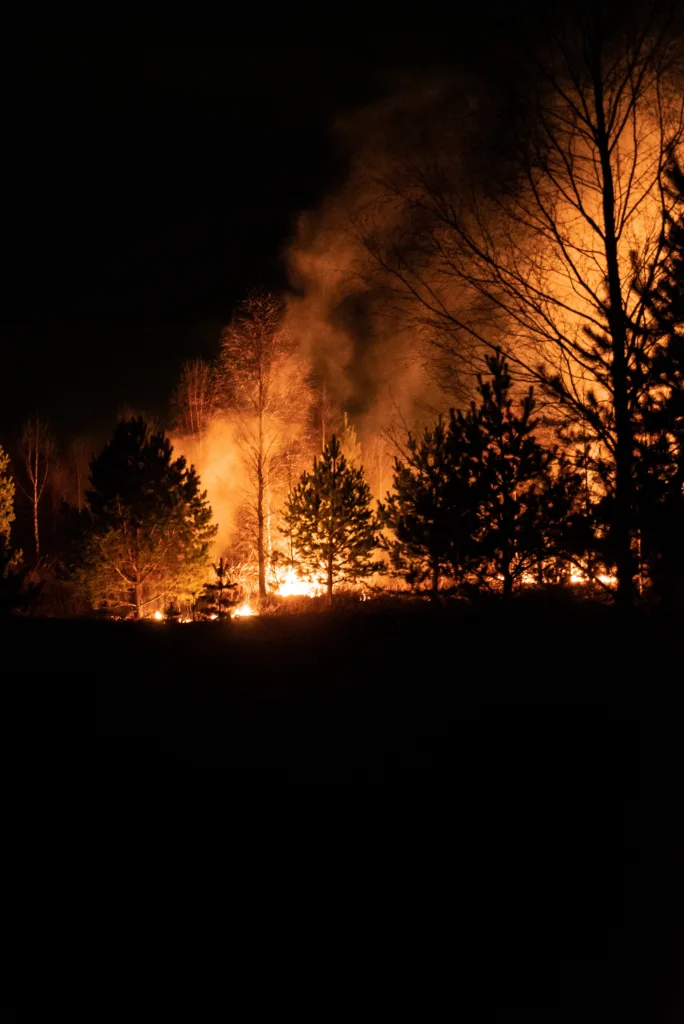
Table of Contents
Overview of Home Safety Products
Types of home safety products
When it comes to home safety, there are various products available in the market that can help protect your home and loved ones from the devastating impact of wildfires. These products can be categorized into different types, each serving a specific purpose in enhancing the safety and security of your home. Some common types of home safety products include fireproofing measures for homes, smoke detectors, fire extinguishers, sprinkler systems, fire-resistant storage solutions, emergency evacuation plans, communication systems, and generator safety measures.
Importance of home safety products in wildfires
Wildfires can pose a significant threat to homes and communities, causing immense damage and putting lives at risk. In such situations, having the right home safety products becomes crucial as they can play a vital role in mitigating the effects of wildfires and ensuring the safety of individuals and their property. By investing in and implementing these safety products, you can enhance the overall resilience of your home, reduce the risk of fire-related incidents, and increase your chances of safely evacuating in case of an emergency.
Fireproofing Measures for Homes
Choosing fire-resistant building materials
When it comes to fireproofing your home, choosing the right building materials is paramount. By selecting fire-resistant materials, you can significantly reduce the risk of fire damage during wildfires. Materials such as concrete, brick, and stucco are known for their ability to withstand intense heat and flames, providing a protective barrier for your home. Additionally, using fire-resistant roofing materials like metal or tile can further enhance the fire resistance of your home’s exterior.
Installation of fire-resistant barriers
In addition to choosing fire-resistant materials, installing fire-resistant barriers can help prevent the spread of fire within your home. This can be achieved by utilizing materials like fire-resistant drywall and installing fire-resistant insulation in the walls and attic. These barriers act as a line of defense, slowing down the progress of fire and giving occupants more time to evacuate safely.
Creating defensible space around the home
Creating defensible space around your home is another essential fireproofing measure. This involves maintaining a buffer zone free from vegetation and other potential fire fuels around your property. By removing dead plants, dry leaves, and other flammable materials, you can reduce the risk of ignition and limit the spread of fire. Additionally, strategic landscaping with fire-resistant plants, properly spaced apart, can also create a natural barrier against wildfires.
Smoke Detectors
Types of smoke detectors
Smoke detectors are an integral part of any home safety strategy, including protection against wildfires. There are primarily two types of smoke detectors: ionization smoke detectors and photoelectric smoke detectors. Ionization smoke detectors are more responsive to flaming fires, while photoelectric smoke detectors are more sensitive to smoldering fires. To maximize effectiveness, it is recommended to have a combination of both types installed in different areas of your home.
Effectiveness of smoke detectors in wildfires
Smoke detectors play a crucial role in providing early warning in the event of a fire, including wildfires. They are designed to detect the presence of smoke particles in the air and emit a loud alarm to alert occupants. In the context of wildfires, smoke detectors can provide valuable time for evacuation by detecting and warning individuals about the presence of smoke, even before flames become visible or reach the property. Early detection can significantly increase the chances of a safe and timely evacuation.
Proper installation and maintenance
To ensure the effectiveness of smoke detectors, proper installation and regular maintenance are essential. Smoke detectors should be installed on every level of your home, including bedrooms and hallways. It is crucial to follow the manufacturer’s instructions for installation, as incorrect placement can hinder their functionality. Additionally, regular testing and cleaning of smoke detectors are necessary to ensure they are in working order. Batteries should be replaced at least twice a year, and the detectors should be tested monthly to ensure their reliability.
Fire Extinguishers
Different types of fire extinguishers
Fire extinguishers are essential safety tools that can help combat small fires before they escalate. There are different types of fire extinguishers, each designed to extinguish specific types of fires. The most common types include Class A fire extinguishers for ordinary combustible materials, Class B for flammable liquids, Class C for electrical fires, and Class K for kitchen fires caused by cooking oils and fats. It is crucial to have the appropriate type of fire extinguisher readily available in areas where fires are more likely to occur.
Suitability of fire extinguishers in wildfire situations
While fire extinguishers are valuable assets for fire safety, their usefulness in a wildfire situation may be limited. Wildfires involve large-scale fires and intense heat, making it unsafe for individuals to attempt to extinguish the fire themselves. In such situations, it is critical to prioritize personal safety and evacuate as soon as possible. However, having fire extinguishers readily available can still prove useful for extinguishing small fires caused by embers or sparks that may enter the home during a wildfire event.
Proper usage and maintenance
Proper usage and maintenance of fire extinguishers are essential to ensure their reliability and effectiveness. It is crucial to familiarize yourself with the instructions provided on the extinguisher and understand the proper techniques for using it. Regularly inspecting the extinguisher for any signs of damage or corrosion and ensuring it remains pressurized are vital maintenance steps. Additionally, having fire extinguishers professionally serviced and recharged at regular intervals is highly recommended to ensure they are always in optimal working condition.
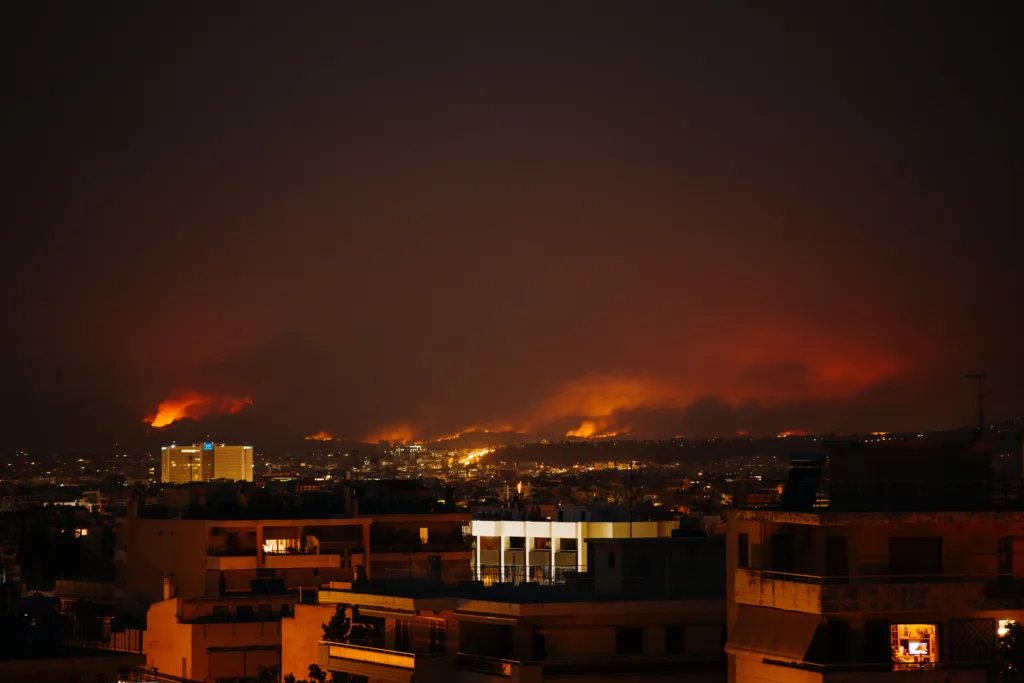
Sprinkler Systems
Types of sprinkler systems for homes
Sprinkler systems are an effective fire suppression tool that can be integrated into residential properties. There are primarily two types of sprinkler systems used in homes: standalone residential sprinklers and multipurpose sprinklers connected to the main water supply. Standalone residential sprinklers are independent systems that utilize water stored in a dedicated tank, while multipurpose sprinklers are connected to the main water supply and serve both domestic needs and fire protection.
Effectiveness of sprinkler systems in wildfires
Sprinkler systems are highly effective in suppressing fires and can provide a valuable layer of protection during wildfires. In the event of a fire, sprinklers activate and release a spray of water, effectively lowering the temperature and suppressing flames. During a wildfire, properly installed and maintained sprinkler systems can help protect the exterior of the home, wetting down the building and creating a barrier against the approaching fire. This reduces the risk of ignition and slows down the progression of flames.
Maintenance and upkeep of sprinkler systems
To ensure the reliable performance of sprinkler systems, regular maintenance and upkeep are essential. It is crucial to have the system tested and inspected by a qualified professional at prescribed intervals. Routine maintenance may include checking and cleaning sprinkler heads, testing the control panel, ensuring proper water flow, and inspecting pipes and valves for leaks or damage. Proper maintenance guarantees that the system operates as intended during a wildfire event, increasing its effectiveness in protecting the home.
Fire-Resistant Storage Solutions
Fireproof safes and cabinets
Fire-resistant storage solutions provide a safe and secure way to protect important documents, valuables, and sentimental items from fire damage during a wildfire. Fireproof safes and cabinets are specifically designed to withstand high temperatures and protect their contents even when exposed to flames. These safes are constructed with fire-resistant materials and often feature insulation to prevent extreme heat from reaching the protected items. Investing in a fireproof safe or cabinet can provide peace of mind knowing that your valuables are safeguarded against the dangers of a wildfire.
Protection of valuables during wildfires
During a wildfire, homes and their contents are at risk of destruction. Valuables such as documents, photographs, jewelry, and electronic storage devices hold immense personal and financial importance. Fire-resistant storage solutions offer a way to protect these items from the ravages of fire. By storing valuables in fireproof safes or cabinets, you can significantly increase their chances of survival in the event of a wildfire. These storage solutions provide a layer of protection that can withstand the intense heat and flames, giving you the opportunity to retrieve your valuable items once it is safe to do so.
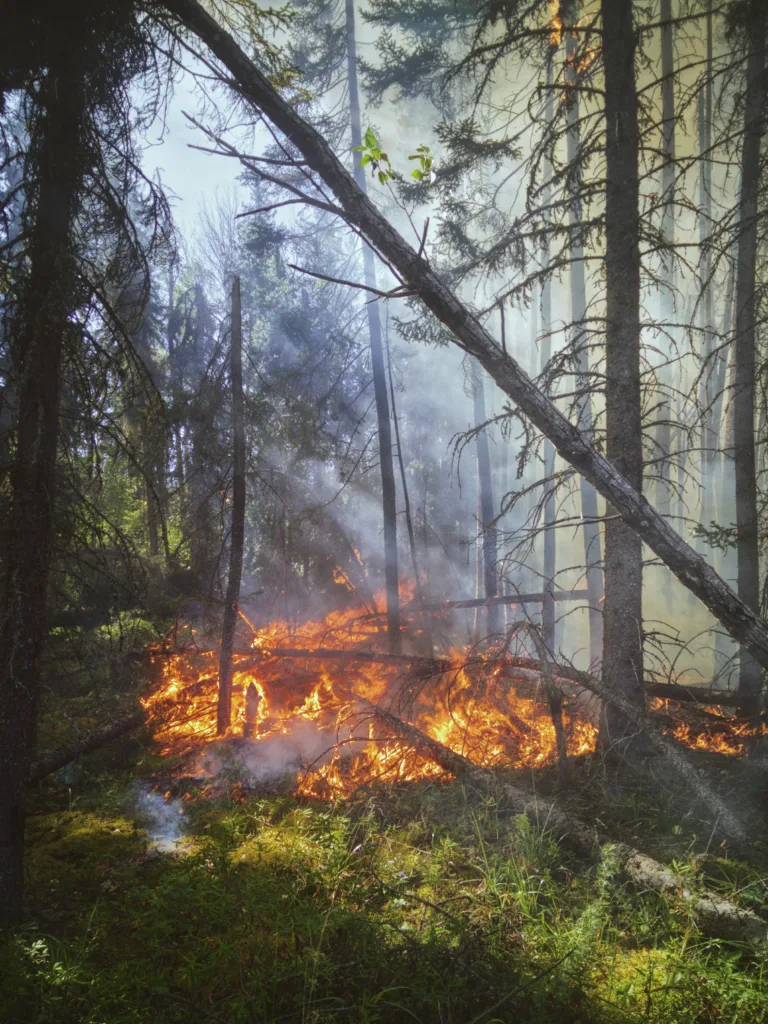
Emergency Evacuation Plans
Importance of having an evacuation plan
Having an evacuation plan is of utmost importance when it comes to wildfire safety. The unpredictable nature and rapid spread of wildfires leave little time for decision-making in emergency situations. An evacuation plan provides a structured approach to ensure the timely and safe evacuation of individuals from their homes. By having a plan in place, you can eliminate confusion and panic, and increase the chances of a successful evacuation.
Components of an effective evacuation plan
A comprehensive evacuation plan should include several key components to ensure its effectiveness. First and foremost, it is crucial to identify multiple evacuation routes from your home, taking into consideration primary and secondary routes in case the primary option is blocked. Establish predetermined meeting points for family members to regroup after evacuation and designate a family member as the point of contact to inform others of your safety. It is also essential to be familiar with emergency shelters and evacuation centers in your area and have a plan for your pets. Regularly reviewing and practicing your evacuation plan will help ensure that everyone knows their role and responsibilities in the event of a wildfire emergency.
Communication Systems
Reliable communication methods during wildfires
During wildfires, communication systems play a crucial role in disseminating information and ensuring the safety of individuals. Reliable communication methods include a combination of public and personal communication systems. Public communication systems, such as emergency broadcasting systems, provide real-time updates on the status of wildfires, evacuation orders, and safety instructions. Personal communication devices, such as mobile phones and two-way radios, enable individuals to communicate with family members, emergency services, and neighbors, allowing for coordination and support during evacuation efforts.
Emergency broadcasting systems
Emergency broadcasting systems, such as the Emergency Alert System (EAS) and Wireless Emergency Alerts (WEA), are designed to deliver critical information to the public during emergencies, including wildfires. These systems allow local authorities to issue warnings, evacuation orders, and other safety instructions through television, radio, and mobile devices. By staying tuned to emergency broadcasting channels, individuals can receive timely and accurate information that can guide their actions and ensure their safety during a wildfire event.
Personal communication devices
Personal communication devices, such as mobile phones and two-way radios, serve as essential tools for communication during wildfires. Mobile phones provide the ability to contact emergency services, family members, and neighbors, allowing for coordination and assistance during evacuation efforts. Two-way radios offer a reliable means of communication when cellular networks may be overwhelmed or unavailable. By keeping communication devices charged and having backup power sources, individuals can stay connected and informed during wildfire emergencies.
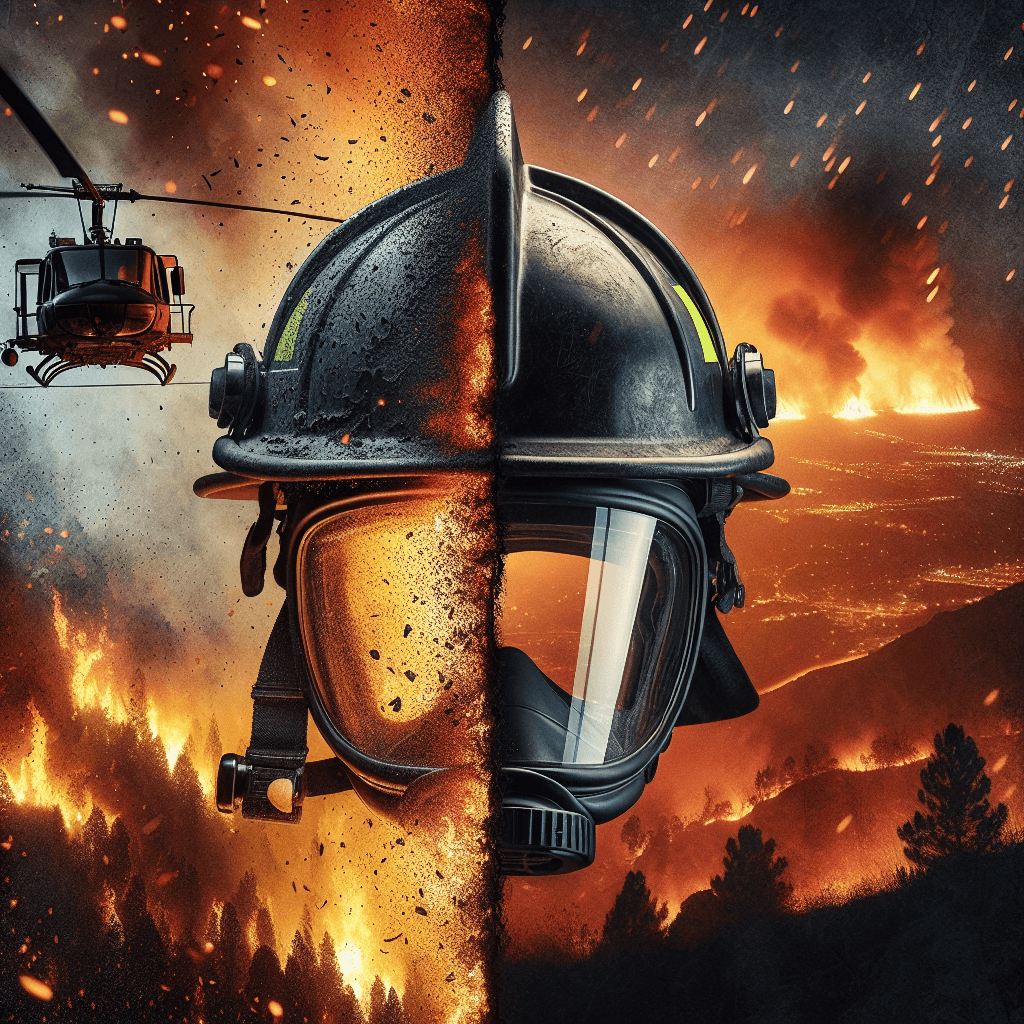
Generator Safety
Using generators during power outages caused by wildfires
During power outages caused by wildfires, generators can serve as a reliable source of electricity for essential appliances and equipment. However, it is essential to use generators safely to prevent fire hazards and carbon monoxide poisoning. Generators should be placed outdoors in a well-ventilated area, away from doors, windows, and vents, to allow for proper exhaust ventilation. Connecting appliances to the generator with heavy-duty extension cords and ensuring the generator is properly grounded are also crucial safety measures to follow.
Preventing generator-related fires and carbon monoxide poisoning
Generator-related fires and carbon monoxide poisoning are serious risks associated with improper generator use. To prevent fires, it is crucial to follow the manufacturer’s instructions for safe operation and maintenance of the generator. This includes regular inspection and cleaning, adequate fuel storage, and proper refueling procedures to avoid spills. To prevent carbon monoxide poisoning, generators should never be operated indoors or in enclosed spaces such as garages or basements. Individuals should also install carbon monoxide detectors in their homes and be vigilant about potential leaks or build-up of toxic gases.
Product Performance Testing
Certification and standards for home safety products
To ensure the reliability and effectiveness of home safety products in wildfire scenarios, various certification and testing standards have been established. These standards define the requirements and performance criteria that products must meet to earn certification from recognized testing agencies or organizations. For example, smoke detectors are often tested and certified to conform with standards such as UL 217 or EN 54-7. Similarly, fire extinguishers are certified according to standards like UL 711 or EN 3. By choosing products that meet these standards, individuals can have confidence in their performance during wildfires.
Testing methodologies for evaluating reliability
Testing methodologies for evaluating the reliability of home safety products in wildfires involve subjecting the products to simulated fire conditions to assess their performance. These tests may include exposure to high temperatures, flames, and smoke to determine the product’s resistance and effectiveness. For example, fire-resistant building materials are tested in specialized laboratories using controlled fire chambers to evaluate their ability to withstand heat and prevent flames from spreading. Smoke detectors are tested with a range of smoke particles to ensure they can detect fires quickly and accurately.
Independent testing agencies and organizations
Independent testing agencies and organizations play a crucial role in evaluating the performance of home safety products. These entities conduct rigorous testing and certification processes to verify that products meet industry standards and perform as intended. Examples of well-known testing agencies include Underwriter Laboratories (UL), which tests various safety products, and the National Fire Protection Association (NFPA), which develops and updates standards related to fire safety. By relying on products tested and certified by reputable organizations, individuals can make informed decisions regarding the reliability and effectiveness of their chosen home safety products.
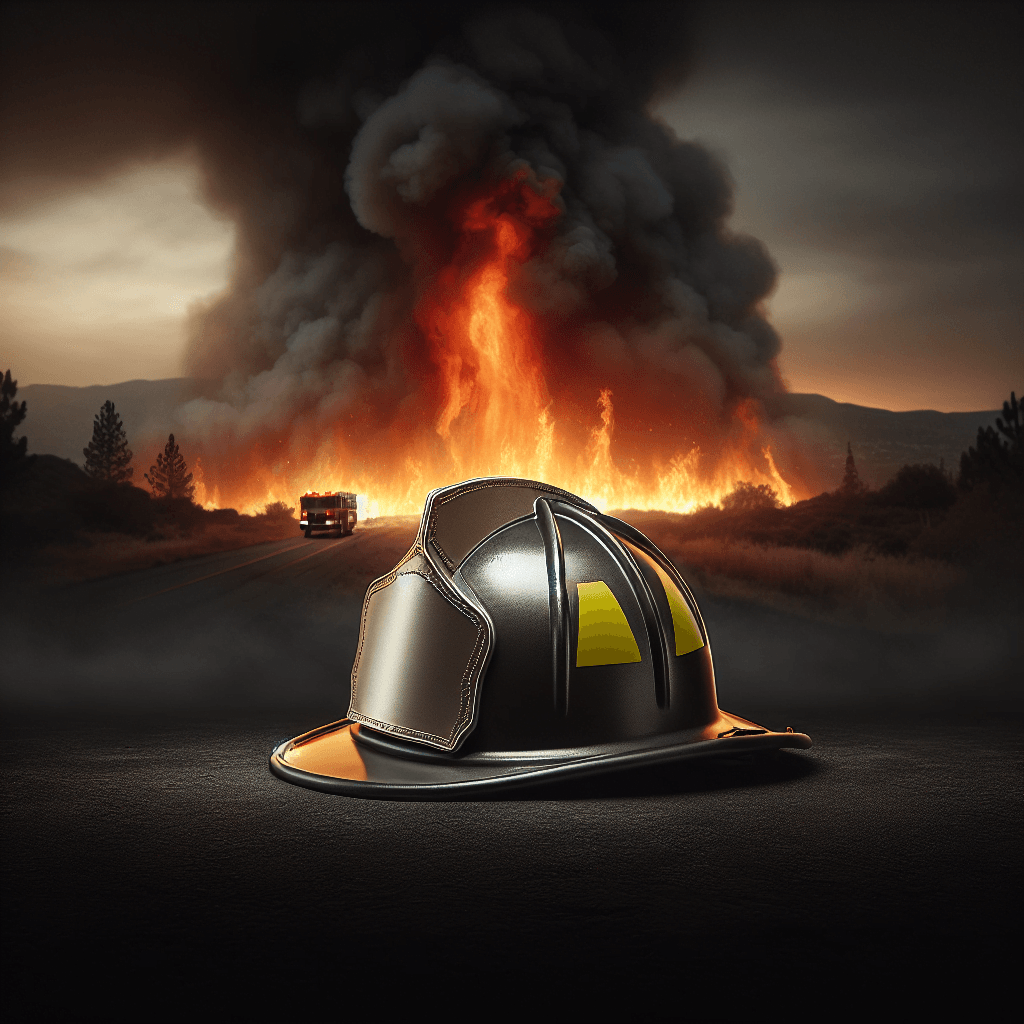
The Benefits Of Online Support Groups For Chronic Conditions

